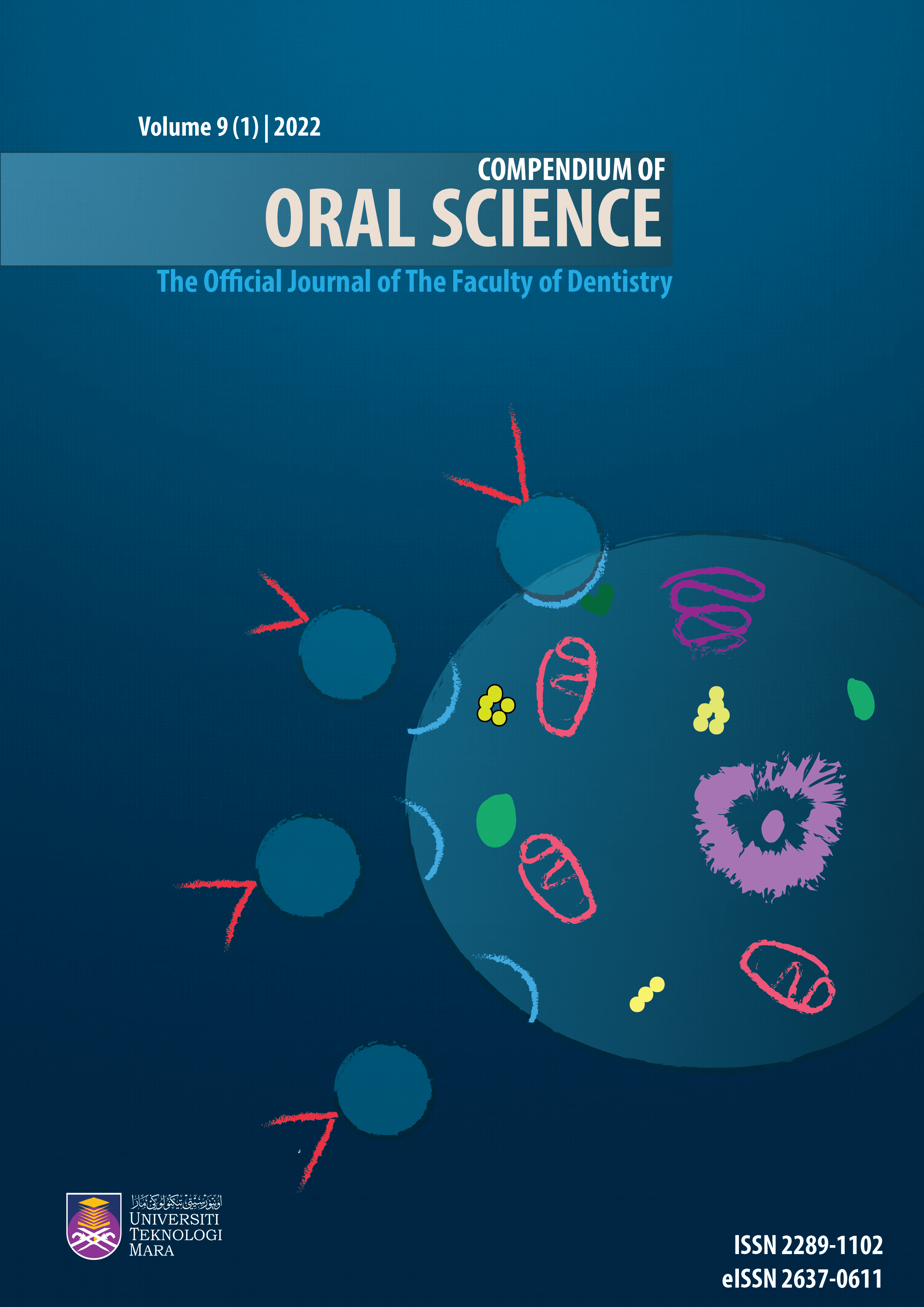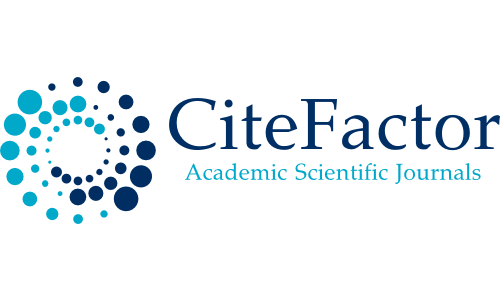The Impact on Oral Health Related Quality of Life of Orthodontic Patients with Missing Teeth Substituted with Acrylic Teeth During Orthodontic Treatment
DOI:
https://doi.org/10.24191/cos.v9i1.16905Keywords:
Oral health-related quality of life, Acrylic teeth, Missing teethAbstract
Objective: This research aims to assess the impact on the Oral Health-Related Quality of Life (OHRQoL) in patients who had the missing teeth substituted with acrylic teeth during orthodontic treatment. Materials and Methods: Eighteen orthodontic patients aged between 18 and 35 years who had at least one missing tooth, and required prosthesis, were recruited. All patients were undergoing orthodontic treatment with fixed appliance for space opening and idealisation. Patient were randomly allocated into Group 1: Transbond XT adhesive only; Group 2: Transbond XT adhesive with surface sandblasting; Group 3: Transbond XT adhesive with surface abrasion; and Group 4: Triad Gel adhesive only. Upon achieving adequate space intraorally, the acrylic tooth was adjusted to required dimension. Subsequently, the corresponding metal bracket was attached to the labial surface using the different surface preparation prior to archwire ligation. The short version of Oral Health Impact Profile (S-OHIP-14) was used to measure the difference in OHRQoL between pre- (T0) and 6 months post-attachment (T1) of acrylic teeth. The patients were monitored monthly for six months. Results: The S-OHIP-14 for simple count (SC) and additive (ADD) scores method showed 28.3% and 40.4% improvement, respectively, although only the ADD method showed significance. Among all the domains, only the handicap domain showed the highest improvement (54.0%) which was statistically significant (p=0.001). Conclusion: There was an overall improvement in the orthodontic treatment outcome measure on the OHRQoL scores after six-months of having missing teeth substituted with acrylic teeth.
Downloads
Published
How to Cite
Issue
Section
License
Copyright (c) 2024 Compendium of Oral Science

This work is licensed under a Creative Commons Attribution-NonCommercial 4.0 International License.
Materials contained in the journal may be reproduced for educational purposes provided that both the author(s) and the journal are appropriately recognised; otherwise duplication is not permitted. No articles, reports, or portions there of may be translated into other languages, published in books, journals, magazines, or any other print form without written permission from the authors and from the journal.
Disclaimer: The statements, opinions and data expressed in the articles and reports herein are those of the author(s) and not of the publisher and the editor(s). The publisher and the editor(s) disclaim responsibility for any injury to persons or property resulting from any schemes, methods, instructions or ideas referred to in the content.















